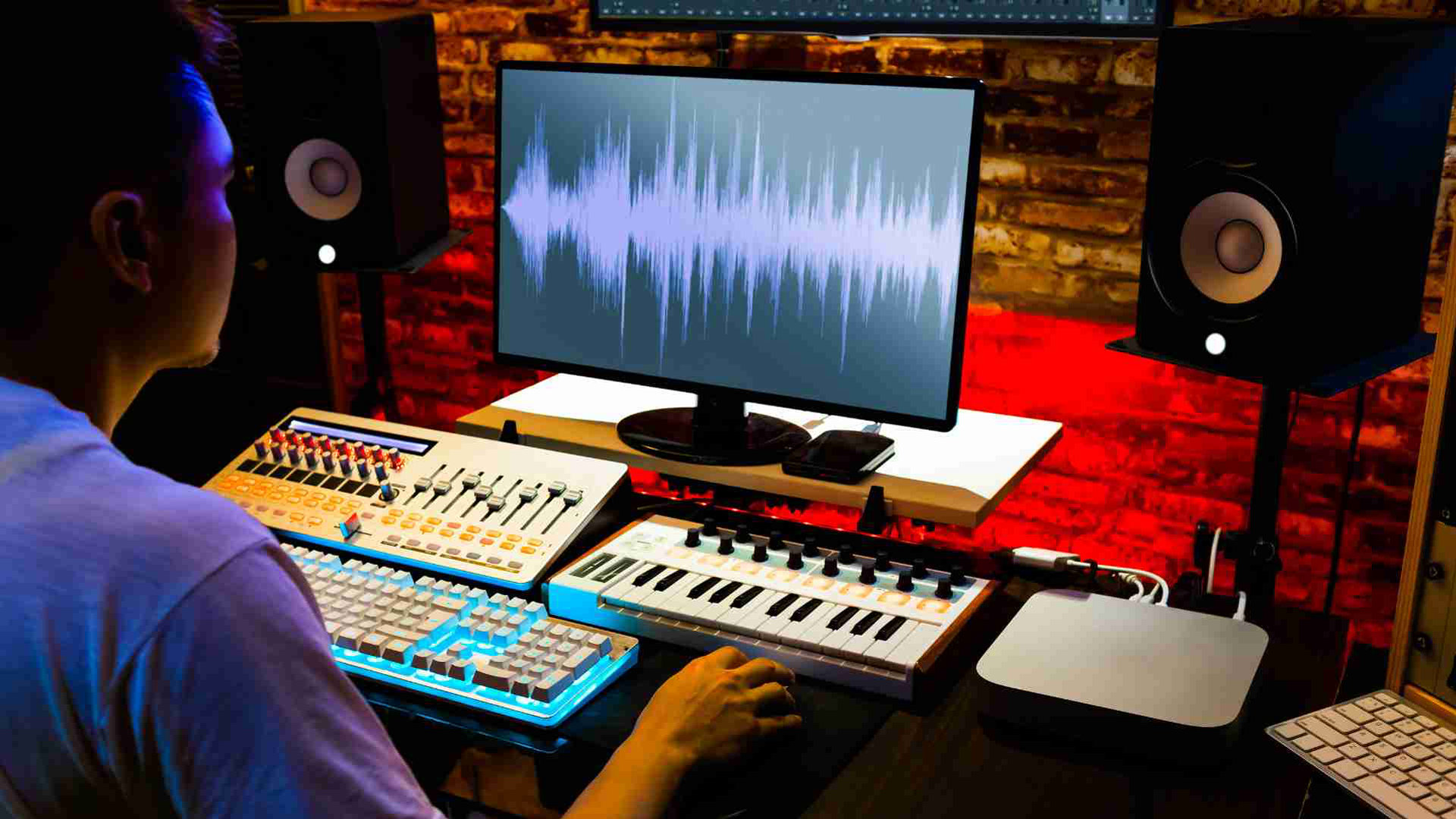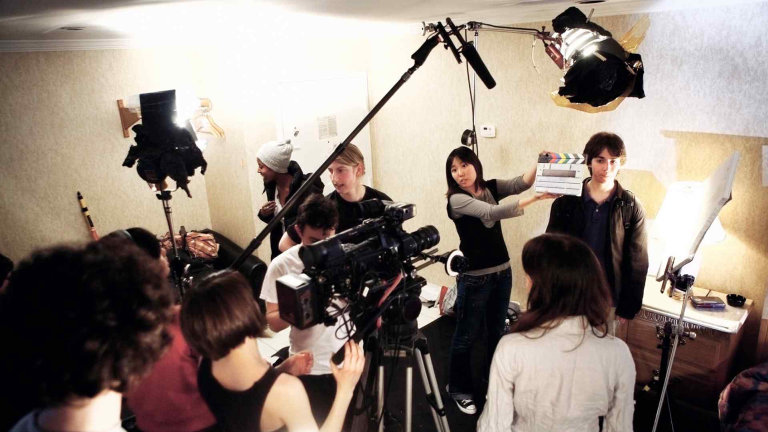
Creating professional-sounding music does not always require expensive studio time. Many successful independent artists record from home using affordable tools and smart techniques. What matters most is clarity, creativity, and consistency.
1. CHOOSE THE RIGHT SPACE
The most important part of any recording setup is the environment.
- Pick a quiet room away from outside noise
- Use blankets, rugs, curtains, or pillows to reduce echo
- Avoid large empty rooms; smaller furnished rooms work great
- Record in the same space to maintain consistent sound
2. START WITH BASIC GEAR
You do not need expensive equipment to begin. Start small and upgrade over time.
- Microphone: USB condenser mics such as AT2020 or Blue Yeti
- Headphones: Closed-back models like Audio-Technica M40x
- Audio Interface: Focusrite Scarlett Solo or Behringer UMC22 (for XLR mics)
- Computer: Any machine capable of running a DAW
Build your setup gradually as your skills grow.
3. USE FREE OR AFFORDABLE SOFTWARE
Great music can be made using low-cost DAWs.
- GarageBand (Mac) and Cakewalk (Windows) are free
- Reaper is low-cost and professional
- BandLab works online with no downloads required
Stick to one DAW so your workflow becomes efficient.
4. RECORD CLEAN AND SIMPLE
Focus on capturing the best possible performance.
- Keep the mic slightly off-center about six inches away
- Use a pop filter or fabric to reduce plosives
- Record in sections to avoid fatigue
- Avoid overusing plug-ins while recording
5. LEARN BASIC MIXING
Mixing helps your tracks come to life.
- Balance volume levels so nothing dominates too much
- Use EQ lightly to reduce muddiness and add clarity
- Apply compression gently to smooth volume changes
- Use reverb sparingly for a natural sense of space
Free plug-ins to try: TDR Nova (EQ), LoudMax (Limiter), Valhalla Supermassive (Reverb)
6. REFERENCE PROFESSIONAL TRACKS
Compare your mix to professionally released songs in your genre. Match the feel and clarity to improve your final sound.
7. MASTER YOUR TRACK FOR RELEASE
Once your mix is balanced, a light mastering step prepares your track for streaming.
- Try tools like LANDR, BandLab Mastering, or Ozone Elements
- Test playback on headphones, speakers, and in the car
8. BACK UP YOUR WORK
Always create copies of your projects and mixes to prevent losing progress.
Store files on an external drive or cloud storage.
BONUS TIP FOR EMERGING ARTISTS
The best recordings often come from creativity and resourcefulness, not expensive gear. Focus on performance, understand your tools, and build habits that make recording efficient and enjoyable. With practice, your home studio can produce results that compete professionally.






